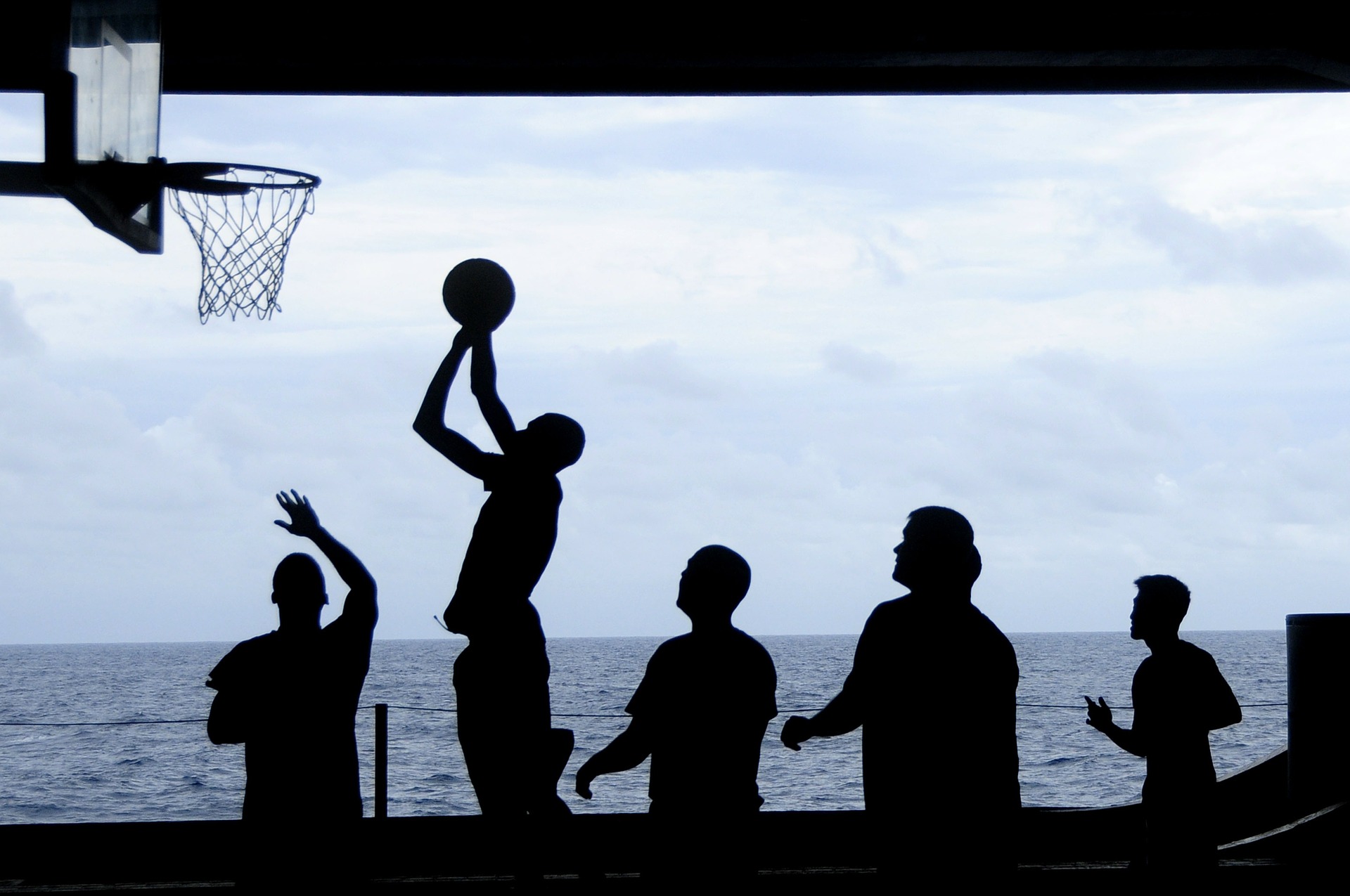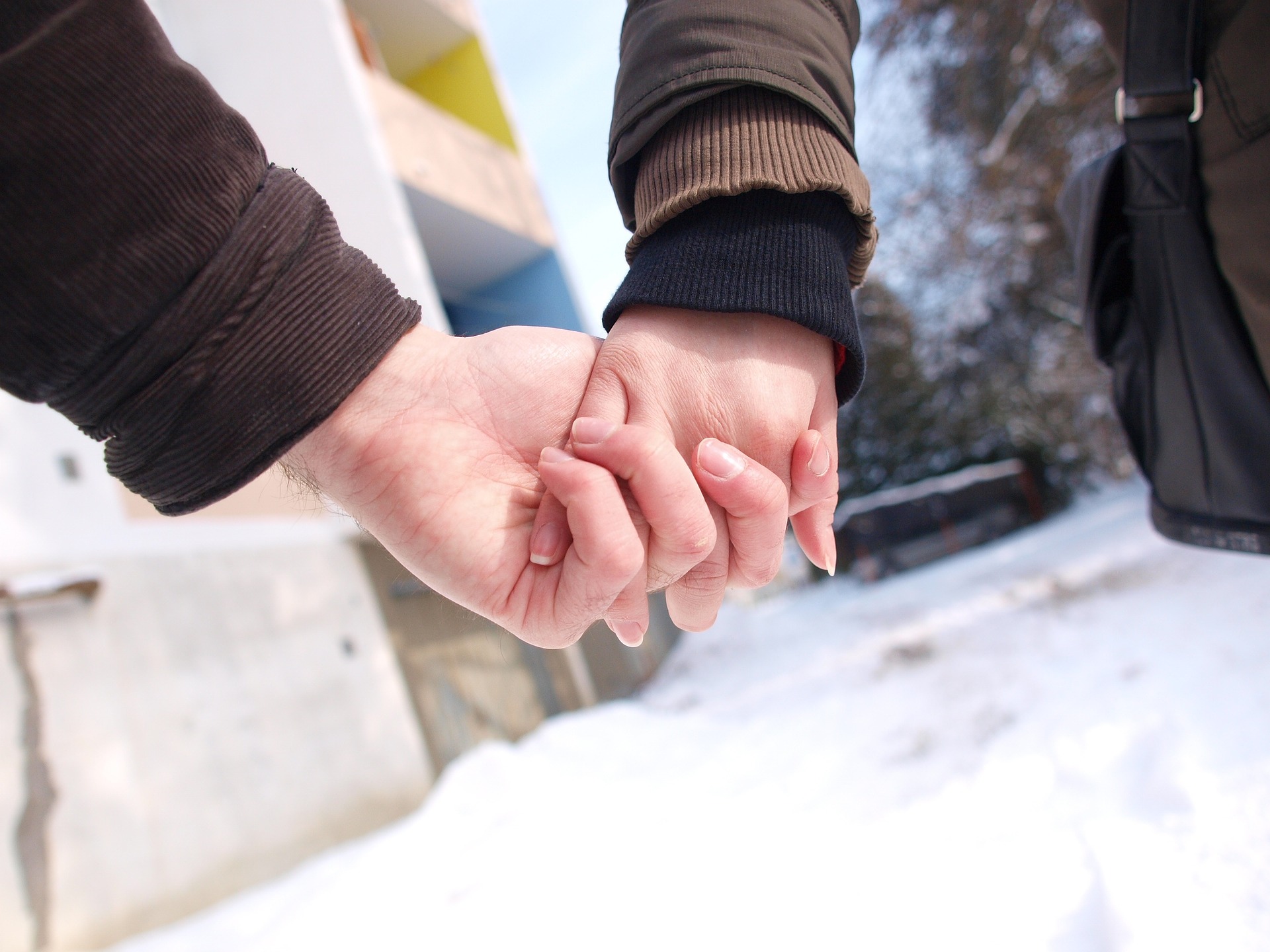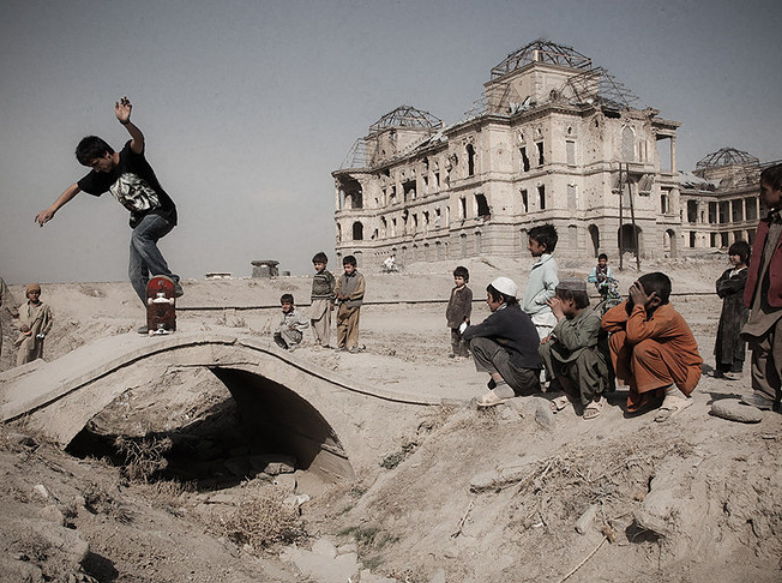Resilience
 Luthar et al (2000) defined resilience as "the process of avoiding adverse outcomes or doing better than expected when confronted with major assaults on the developmental process." These major assaults could include poverty, war, personal trauma, privation or deprivation. A simpler definition was when Rutter (1990) said that resilience is when an individual maintains adaptive behaviour in spite of serious risk factors.
Luthar et al (2000) defined resilience as "the process of avoiding adverse outcomes or doing better than expected when confronted with major assaults on the developmental process." These major assaults could include poverty, war, personal trauma, privation or deprivation. A simpler definition was when Rutter (1990) said that resilience is when an individual maintains adaptive behaviour in spite of serious risk factors.
This chapter looks at both risk and protective factors through the lens of the biological, cognitive and sociocultural approaches.
Psychology vocabulary
Risk Factors: Factors, either dispositional or environmental, that predispose an individual to not develop to their full potential. This may lead to delayed development, impaired cognitive functioning, psychological disorders or other health-related problems.
Protective factors: Conditions or attributes (skills, strengths, resources, supports or coping strategies) in individuals, families, communities or the larger society that help people deal more effectively with stressful events.
Generally, children are robust, but some people fail to cope with events from their childhood and develop psychopathology or criminal behaviours. Why is this? For every child, development is about the successful completion of a number of developmental tasks - for example, developing bonds with caregivers, being able to self-regulate, showing initiative and being able to interact with others and the environment. The individual child may have a difficult temperament, and there may be a number of risk factors in the child’s environment that hinder normal development. Parental conflict, the collapse of the family, poverty, parental drug abuse, social isolation, criminal family background, and belonging to a minority group are among the most common risk factors cited by developmental psychologists.
Researchers have also identified a number of potential protective factors, such as intelligence, sociability, special talents, close relationship to a parent or parental substitute, authoritative parents, socio-economic resources, good school, and relationships with pro-social adults. Research shows that the consequences of early adversities are to a large extent dependent on the nature of subsequent life experiences. It seems that even severe deprivation may not have long-term effects if there is an increase in protective factors.
Resiliency research is inspired by several longitudinal studies on the relationship between life stressors in childhood and adjustment in adolescence and adulthood. It seems that three factors are particularly important when it comes to protection from the damaging effects of stressful life events: the temperament of the child, a close relationship with at least one parent and social support in the community.
Key study: Werner and Smith (2001)
 Werner and Smith (2001) carried out the Kauai Longitudinal Study. In the study, a multiracial cohort of 698 children, born on the Hawaiian island of Kauai, was examined at ages 1, 2, 10, 18, 32, and 40 years. 30 percent had experienced a cluster of risk factors. For example, they had been born and raised in poverty, there were complications around birth, the family had financial problems, and they were reared by mothers with hardly any education. Two-thirds of the children who had experienced four or more of these risk factors by the age of 2 years had developed learning or behaviour problems by the age of 10, or had delinquency records and/or mental problems by the age of 18. However, one-third of the children did not show this pattern. They had developed into competent, confident, and caring adults, who succeeded in their school, home, and social lives. They had realistic goals and expectations for themselves, and by the age of 40, they were all working and had no specific problems.
Werner and Smith (2001) carried out the Kauai Longitudinal Study. In the study, a multiracial cohort of 698 children, born on the Hawaiian island of Kauai, was examined at ages 1, 2, 10, 18, 32, and 40 years. 30 percent had experienced a cluster of risk factors. For example, they had been born and raised in poverty, there were complications around birth, the family had financial problems, and they were reared by mothers with hardly any education. Two-thirds of the children who had experienced four or more of these risk factors by the age of 2 years had developed learning or behaviour problems by the age of 10, or had delinquency records and/or mental problems by the age of 18. However, one-third of the children did not show this pattern. They had developed into competent, confident, and caring adults, who succeeded in their school, home, and social lives. They had realistic goals and expectations for themselves, and by the age of 40, they were all working and had no specific problems.
Werner and Smith linked this to a number of protective factors. Children who succeeded against the odds had the opportunity to establish, early on, a close bond with at least one competent, emotionally stable person who was sensitive to their needs. Within the family structure, this included grandparents and older siblings. It could also be a teacher that served as a positive role model, parents of boy- or girlfriends, youth leaders or members of church groups.
Among the most significant variables for positive change were continuing education at community colleges, vocational skills acquired during service in the armed forces, marriage to a stable partner and conversion to a religion that demanded active participation in a “community of faith.” Conversion to a religious faith provided structure, a sense of community and a place to go for advice and direction. It also promoted a sense of self-worth and assurance of salvation.
 Researchers now work to find ways to protect children from the damaging effects of stressful life conditions. They want to understand how protective factors can counteract risk factors because they can help to change or reverse expected negative outcomes. Research shows that resilience can be cultivated by promoting protective factors in a child’s life. From this perspective, being resilient is to a large extent about coping - that is, finding appropriate ways to deal with the stressors of life. Children at risk are not able to do this by themselves.
Researchers now work to find ways to protect children from the damaging effects of stressful life conditions. They want to understand how protective factors can counteract risk factors because they can help to change or reverse expected negative outcomes. Research shows that resilience can be cultivated by promoting protective factors in a child’s life. From this perspective, being resilient is to a large extent about coping - that is, finding appropriate ways to deal with the stressors of life. Children at risk are not able to do this by themselves.
A single risk factor does not normally affect healthy development, but it is well known that multiple risk factors often result in psychopathology. It seems that one of the most critical factors in healthy development is the relationship between parents and the child.
This is why many resilience programs include parent education. The New York Center for Children suggests the following strategies to promote resilience and prevent child abuse and neglect.
Home visit programs have proven effective, especially in high-risk families. It seems that this strategy can reduce child abuse, increase access to health care, and lower rates of maternal depression - thus enhancing the formation of attachment between mother and child.
Teen-mother parent education and parent groups. Teenagers give birth to 8 percent of babies in the US. Britner and Reppucci (1997) found that a 12-week parenting education program for unmarried teen mothers could prevent child abuse. Three to five years after the birth of their children, program graduates were significantly less likely than controls to have been reported for maltreatment of their children.
After-school programs in high-risk communities. Mahoney et al. (2005) carried out a longitudinal study of the effect of after-school programs on the development of academic performance and motivation for disadvantaged children. They found that participants who participated in a full year’s after-school program achieved better test scores, reading achievement, and showed higher levels of motivation with regard to their academics.
Lowenthal (2001) argues that children who experience a safe environment in after-school programs learn to set realistic goals, work in small groups, participate in creative activities and to express their feelings in constructive ways. They also learn social skills, anger control, conflict management, and how to interpret the emotions and behaviours of other people. If children have the necessary support in their school work, they will eventually develop a sense of internal control, be able to cope with stress, and interact positively with other people.
Walker et al. (2007) studied risk factors in developing countries. In order to prevent what the researchers call the intergenerational transmission of poverty, and to build resilience in the children, they suggested food programs and child development programs for children with developmental problems. The programs targeted improved nutrition to promote positive physical growth, as well as stimulation of cognitive and social-emotional skills, because these are known to provide the basis for later success in school and work. In developed countries, long-term benefits are derived from high-quality early interventions from center-based programs for disadvantaged children, in terms of better school achievement, better employment opportunities, better health outcomes, less welfare dependency, and lower crime rates. UNICEF has assisted governments to support parenting programs in 60 countries, and at least 30 developing countries now have policies on early child development.
It seems that there are some strategies that are associated with success in preventing developmental problems and building resilience. It is more effective to provide services directly to children than simply providing information to parents. It also appears that early intervention can promote child development and prevent developmental loss, not only in developed countries but also in developing countries.
Biological approach to resilience
There is a general consensus among psychologists that resilience is an "innate" quality of human beings. It is also agreed that resilience is the result of the interaction of this innate capacity and contextual factors - that is, risk and protective factors. The question is, what is the biological evidence for resilience?
Research in psychology: Coan, Schaefer & Davidson's (2006)
 Coan, Schaefer & Davidson's (2006) research is a good example of how this innate ability interacts with contextual factors. In their study 16 married women were threatened with an electric shock while holding their husband's hand, the hand of an anonymous male experimenter or no hand at all while they were in an fMRI brain imaging scanner. While in the fMRI the women were shown 12 non-threat indicating images (safety cues) and 12 threatening images (threat cues) - that is, images that when shown, indicated that an electrical shock was possible. The cues activated brain regions associated with fear and anxiety.
Coan, Schaefer & Davidson's (2006) research is a good example of how this innate ability interacts with contextual factors. In their study 16 married women were threatened with an electric shock while holding their husband's hand, the hand of an anonymous male experimenter or no hand at all while they were in an fMRI brain imaging scanner. While in the fMRI the women were shown 12 non-threat indicating images (safety cues) and 12 threatening images (threat cues) - that is, images that when shown, indicated that an electrical shock was possible. The cues activated brain regions associated with fear and anxiety.
Results showed that the brain's "threat response" was lowest when holding their husband's hand and strongest when no hand was held. Not only this, but there was a negative correlation between the reported marital quality and the threat response - that is, the higher the reported marital quality, the lower the brain's threat response. It appears that social support is the key to resilience.
The interaction of social support and biological resilience is also shown in a study of oxytocin which has been shown to reduce anxiety. Kirsch et al (2005) carried out another imaging study where participants viewed frightening images after receiving nasal sprays of either oxytocin or a placebo. Those who sniffed oxytocin showed reduced activation in the amygdala. The oxytocin surge that comes from being around other people could, like endorphins, help to reduce the stress response.
The following video demonstrates the study by Coan, Schaefer & Davidison (2006)
Although most people recover from trauma and deprivation, some do not. One of the possible explanations for that is also biological. One of the most significant areas of research in resilience and PTSD today is neuropeptide Y [NPY], a hormone that acts as a neurotransmitter in the brain. It is thought to have many functions: increasing food intake, reducing anxiety and stress, reducing pain perception and affecting the circadian rhythm. The neurotransmitter is released as part of a response to stress and works together with the amygdala, prefrontal cortex, hippocampus, and brainstem to turn off the stress response.
One of the core reasons for the surge in resilience research has been the study of why some military personnel experience severe PTSD symptoms as a result of combat situations, while others do not. It would be in the military's interest to find out if there is a way to predict which soldiers would be less resilient and to determine if there is a way to increase one's level of resilience to make them more "combat-ready." Morgan et al (2000) carried out a study of healthy US Army soldiers who participated in a survival course designed to simulate the conditions endured by prisoners of war, such as food and sleep deprivation, isolation and intense interrogations. They found that NPY levels went up in the soldiers' blood within hours of the interrogations. They found a correlation between the soldiers' responses to the experience and their level of NPY. Those soldiers who responded more negatively to the training experience were those with lower levels of NPY. This study was observational and thus correlational in nature. No cause and effect can, therefore, be determined. So, researchers are looking to animals to see if they can alter an animal's resilience by increasing the level of NPY. Sjdyk et al (2008) carried out an experiment where a rat was kept in a tight-fitting plastic pouch for 30 minutes and then released back into a cage with other rats. The anxiety response caused by the restraint caused the rat to not interact with the other rats for 90 minutes. When rats were injected with NPY before being restrained, they interacted with the other rats normally.
The study of the role of NPY in children is still in its early phase. Although research with animal models is promising, whether we will be able to attribute a child's resilience simply to a neuropeptide (hormone), remains to be seen. Most likely, such a reductionist approach will not be enough - but instead, it will only be seen as another risk or protective factor.
ATL: Reflection
 Oliver is a skateboard teacher working for Skateistan, a nonprofit that combines skateboarding and education as a tool for empowering young people. Half the population of Afghanistan is under the age of 16, and 70% of the population is under the age of 25. Most shocking is the role that women play in society — most of them don’t have jobs and cannot go to school. It’s even been deemed culturally inappropriate for them to ride bicycles!
Oliver is a skateboard teacher working for Skateistan, a nonprofit that combines skateboarding and education as a tool for empowering young people. Half the population of Afghanistan is under the age of 16, and 70% of the population is under the age of 25. Most shocking is the role that women play in society — most of them don’t have jobs and cannot go to school. It’s even been deemed culturally inappropriate for them to ride bicycles!
Oliver only makes $10 a week, and he only has electricity every couple of days, but he is constantly rewarded by his time with the children: showing them how to skate, teaching them valuable skills in the classroom, and taking them on field trips around Kabul. He was even able to help a 12-year-old girl, Priscilla, get a job as a skateboarding instructor, so she could stop begging on the streets as a way of supporting her entire family.
But Skateistan is not without its heartbreak. In April 2015, four of the school’s students were killed in a suicide bombing at the NATO facility in Kabul. The community rallied together to help the families of the children who passed away, and at the skate park, a boy skated up and down the ramps in honour of his deceased brother.
Today, in Afghanistan, 40% of skateboarders are girls. Skateboarding is now the largest female sport in the country, and Skateistan continues to use it to educate and empower girls and boys through the community.
This story was taken from Buzzfeed.
Questions
What would be the risk and protective factors for Oliver, as a teacher working for Skateistan?
Do you think that Oliver is able to build resilience in his students? Why or why not?
What would be the risk and protective factors for Oliver, as a teacher working for Skateistan?
A protective factor would be the support he has in the school community. The risk factors include not only the risk from opposition in the larger Afghan community but also his financial situation.
Do you think that Oliver is able to build resilience in his students? Why or why not?
There are several potential answers here. Oliver is creating a "safe space" for his students. This is an important protective factor for their social and cognitive development. In addition, he is giving them a sense of autonomy. He also appears to help organize events that create a sense of community - both for learning (e.g. field trips) and for coping with crisis (e.g. the skating memorial).
Contribution from a subscriber
Katrina Allemeier from Inglemoor High School in Kenmore, Wa (USA) sent me this great video on Skateistan. If you are interested in this cool program, this video is really inspiring!
Checking for understanding
Werner and Smith's Kauai Longitudinal Study found that
According to the New York Center for Children, which of the following could help to build resilience and prevent child abuse and neglect?
Coan, Schaefer and Davidson's study found that the protective factor of having someone you love near you may
Research shows that which neurochemical may play a role in resilience?

 IB Docs (2) Team
IB Docs (2) Team
